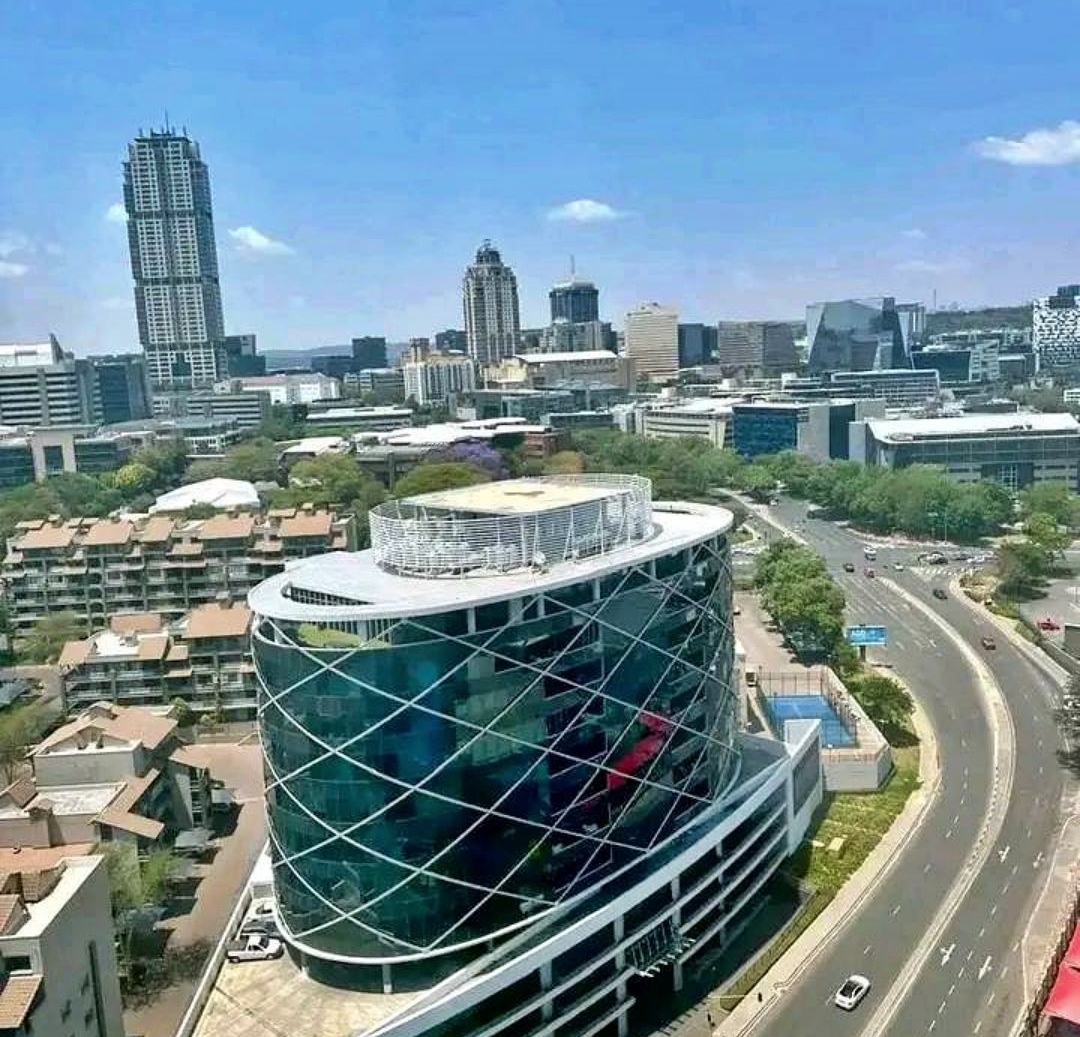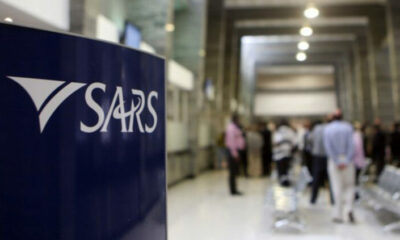Best of Johannesburg
Sandton City Hits Remarkable 99.9 Percent Occupancy As Luxury Retail Flourishes Again

Sandton City, long seen as the crown jewel of South African shopping, has quietly pulled off one of the most impressive comebacks in local retail. After years of pandemic pressure, shifting shopper habits and widespread vacancies across the sector, the iconic mall has achieved a near-perfect 99.9 percent occupancy rate.
For a centre once criticised for being too ambitious when it first opened in 1973, this moment feels like a full-circle victory.
A Mall That Refused To Fade
Sandton City sits in the heart of the country’s wealthiest square mile, surrounded by corporate headquarters, five-star hotels and some of Johannesburg’s most expensive apartments. It has always been marketed as South Africa’s “richest” mall, but even prestige does not shield you from empty storefronts in tough times.
While many major centres struggled post-Covid, Sandton City launched what it calls a deliberate repositioning journey. Retailers such as Edgars were right-sized, underperforming spaces were rethought and new nodes were formed to draw in brands that could appeal to the mall’s lifestyle-driven clientele.
And the strategy worked. Over the past two years, the mall signed fifty new leasing deals and facilitated forty-six store upgrades, covering more than 30,000 square metres of trading space.
The Luxury Wave Returns
Visitors walking through Sandton City today will notice the shift immediately. High-end labels and global favourites have been multiplying across the corridors. International brands like Marc Jacobs and Kate Spade have arrived, while the likes of Mango and Ferragamo are undergoing refurbishments to match Johannesburg’s appetite for premium fashion.
The tenant mix is now heavy on fashion, athleisure and lifestyle, sectors that have boomed as city dwellers rediscover the joy of dressing up, going out and spending time in curated spaces.
The strategy has paid off in numbers too. The mall’s trading density has increased by 12.1 percent over two years, far outperforming national averages. Vacancy rates plummeted from 3.6 percent at the start of 2025 to 0.1 percent by October.
Johannesburg residents on social media have been quick to praise the mall’s revival, with shoppers celebrating the return of international favourites and the upgraded food, fashion and leisure offerings. Many say Sandton City feels “alive again”.
Behind The Scenes Of The Turnaround
According to Dimitri Kokinos, the general and asset manager for the precinct, the team stayed close to tenant needs and moved quickly when opportunities arose. This agility allowed the centre to remain competitive despite a tough economic climate.
Kokinos says operational excellence and a forward-looking leasing strategy were key to creating an environment that retailers want to invest in.
Investing In The Future, Not Just The Present
Sandton City’s evolution is not just about new brands and glossy refurbishments. The mall is also thinking long-term.
To improve sustainability, it is installing rooftop solar and adopting new energy wheeling systems to reach its goal of achieving net-zero emissions by 2030. This shift comes at a time when South African consumers are increasingly aware of environmental responsibility, especially in the context of load shedding and rising energy costs.
These upgrades follow decades of investment into the precinct. From its 2011 R1.77 billion expansion, which added the Protea Court, to the development of The Diamond Walk, The Fun District, The Food District and The Checkers Court, Sandton City has consistently reinvented itself.
Even its surrounding office components, including The Atrium on 5th and the Sandton City Office Tower, have benefited from ongoing redevelopment.
A Centre That Beat The Odds
Sandton City’s story is impossible to separate from the city that surrounds it. When it was first built in the early 1970s, critics dismissed it as a risky project in a semi-rural area far from the Johannesburg CBD. Many believed shoppers would never come.
Yet the gamble paid off. Today, Sandton is the beating heart of Johannesburg’s corporate and luxury landscape, and the mall stands as one of South Africa’s most iconic retail destinations.
Earlier this year, the City of Johannesburg valued the property at around R10 billion. Its owners, however, believe the true figure sits closer to R8 billion. Regardless of the number, the mall’s impact on the local economy is undeniable.
What This Means For South Africa’s Retail Future
Sandton City’s 99.9 percent occupancy milestone is not just a win for the mall. It signals renewed confidence in South African retail, especially at the upper end of the market.
As international brands return, local designers grow in stature and consumers reclaim in-person shopping, Sandton City has positioned itself as the place where global luxury meets South African energy.
For a mall once predicted to fail, it now stands as proof of what strategic reinvention, a loyal customer base and a little Johannesburg resilience can achieve.
{Source:Business Tech}
Follow Joburg ETC on Facebook, Twitter , TikTok and Instagram
For more News in Johannesburg, visit joburgetc.com



























